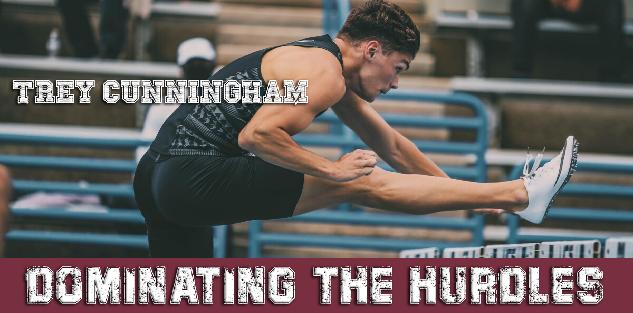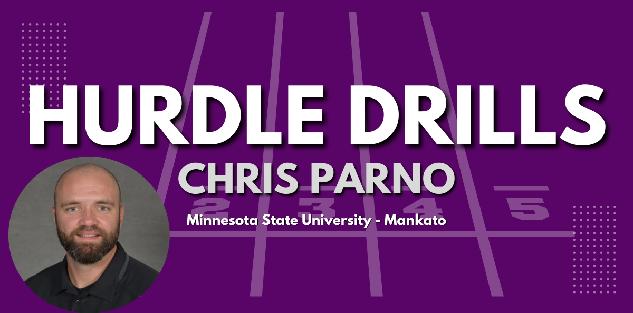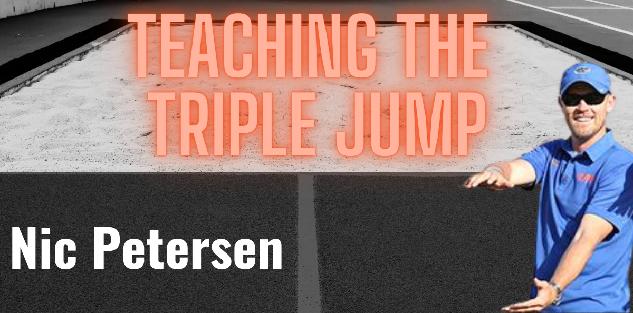Featured courses
- The Ultimate Guide to Coaching Track and Field by Jackson Chlebowy
- How TCU Coach Khadevis Robinson Builds Mental Toughness for Big 12 Track by William Markey
- Two Points of Focus When Coaching and Training Hurdles by Grant Young
- Four Keys to Maximize Winning Potential in a 400m Race by Grant Young
- Three Lessons Every Distance Running Coach Should Know by Grant Young
- Olympic Medalist Jasmine Moore’s Triple Jump Approach Technique Keys by Grant Young
- Build Strong Triple Jump Foundations with 3 Key Drills by William Markey
- Two Cues to Help With Track and Field Relay Handoffs by Grant Young
- Four Shot Put Drills to Help Develop Your Athletes by Grant Young
- Three Training Tips For Coaching 400m Runners by Grant Young
- Four Tips for Teaching the Javelin Throw by Grant Young
- 3 Pole Vault Check Points From Legendary Kansas Coach Tom Hays by Grant Young
- Two Valuable Hammer Throw Training Tips by Grant Young
- 3 Must-Try Offseason Shot Put Drills by William Markey
- Four Essential Tips For Coaching Track Relays and Sprints by Grant Young
- Florida Gators Coach Nic Petersen’s Two Keys for Teaching the Triple Jump by Grant Young
- Three Effective Drills for Improving the Long Jump by Grant Young
- Three Drills for Sprinters That Track Coaches Swear By by Grant Young
- Four Pole Vault Drills All Track and Field Coaches Should Know by Grant Young
- Explosive Track and Field Training to Level Up This Summer by Tyler Rathke
- Throwing Secrets: The Entry by Tyler Rathke
- How to Find an Endurance Athlete’s Proper Training Pace by Grant Young
- The Technique Behind Mykolas Alekna’s Discus World Record by Grant Young
- How to Build a Sprinter's Training Regimen by Grant Young
- How to Teach the Glide Shot Put by Grant Young
- Three Hurdle Drills All Track Coaches Should Know by Grant Young
- How Distance Running Coaches Can Get the Most Out of Their Athletes by Grant Young
- The Technique Behind Mondo Duplantis' Pole Vault World Record by Grant Young
- How to Coach Weightlifting For Increased Speed and Acceleration by Grant Young
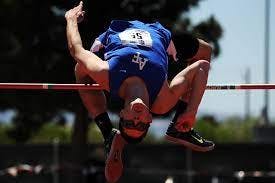
Explosive Track and Field Training to Level Up This Summer
- By Tyler Rathke
The Southeastern Conference (SEC) produces some of the most explosive athletes in track and field every year. The conference had winners in the men’s and women’s long jump, women’s triple jump, and women’s high jump. Taking 4 of 6 jumping events at last week's outdoor national championships in Eugene, OR.
Jasmine Moore of the University of Florida was the first athlete to ever win every conference and national championship in the long jump and triple jump in the same year. Florida Coach Nic Petersen takes us through the performance markers and assessments that he uses with his athletes to examine elite track and field performance ability.
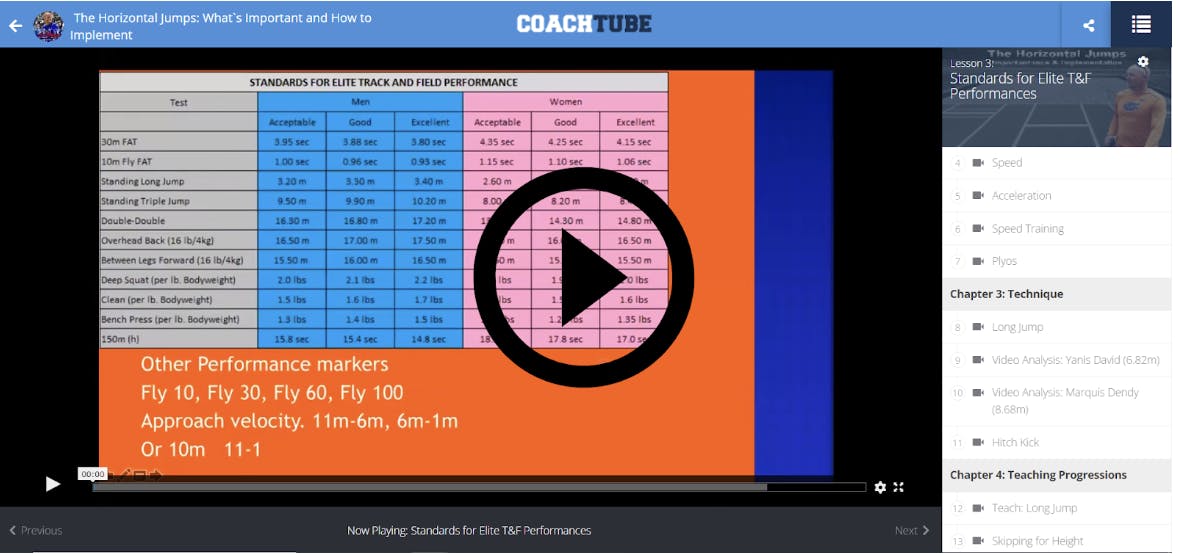
Link: Elite Track and Field Performances
Elastic strength is the ability of tissues to absorb, store, and release energy. This is imperative to building elite explosive power. Preparing the body positions by teaching and cueing them is key according to Coach Todd Lane of Louisiana State University. It wasn’t too long ago that LSU developed JuVaughn Harrison into a 6x national champion in the high and long jump.
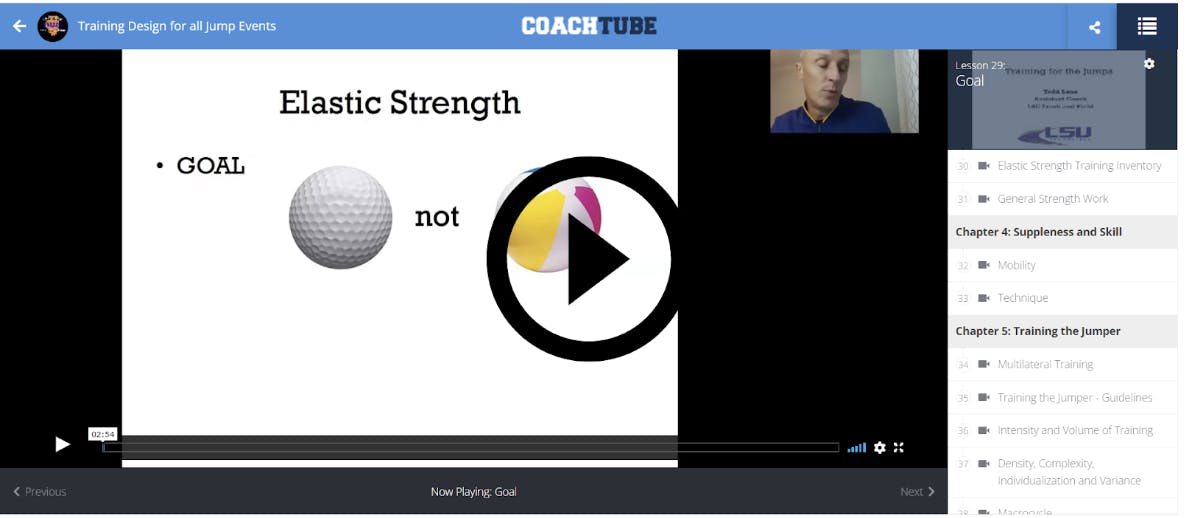
Link: Goal in Training
Plyometrics are like glue that holds everything together for jumpers. Nic Petersen uses plyometrics to connect his athletes acceleration and max-velocity training. He outlines the parameters that he considers in progression for his plyometric training.
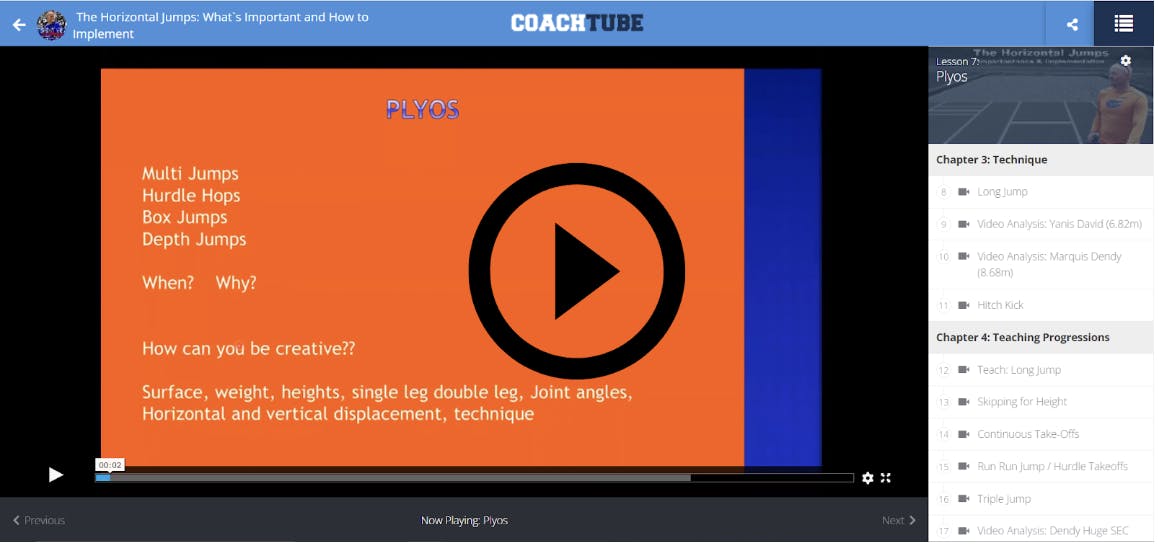
Link:Plyometrics
Errors will be common in planning and developing elite explosive power. Very few have got it perfect in their plan in history. The best thing coaches can do is examine the mistakes of the past. Todd Lane examines 4 common errors when training jumpers.
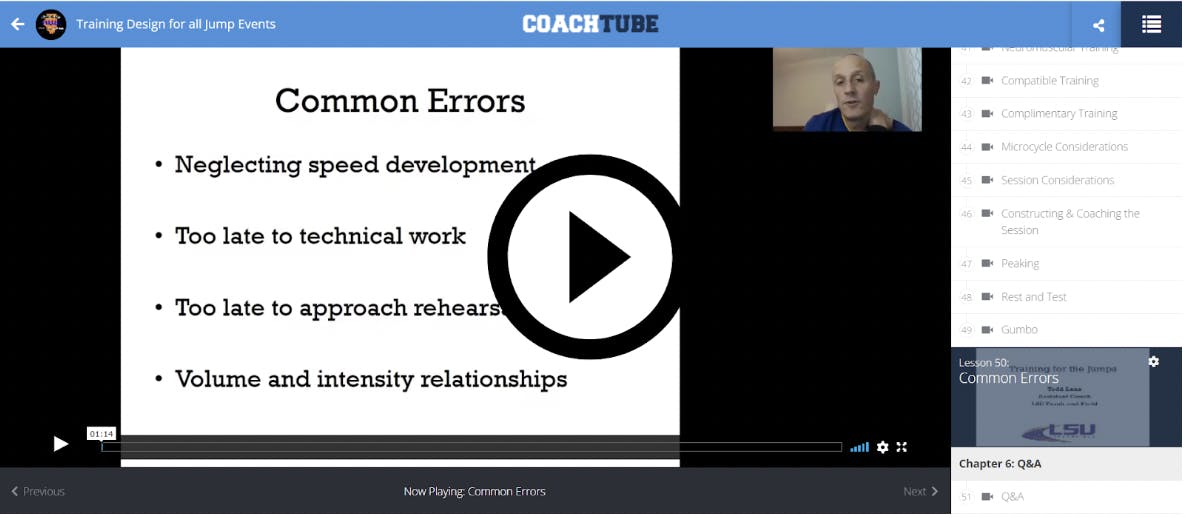
Link:Common Errors
While the SEC might be the most dominant league in recent years. If you’ve paid attention to the results you’ll notice a couple other schools near the top with champions and all-americans in the recent events. Coach James Thomas of Texas Tech coached two women in the top 3 finishers in the triple jump and Coach Shawn Jackson of Texas Christian University coached the collegiate men’s triple jump champion.
Strength and conditioning is the foundation of any offseason track and field training program. Boo Schexnayder is a name synonymous with detailed training programs and systems for athlete physical preparation. In the following clip, the LSU legend describes key progressions and teaching points for key weightlifting exercises.

Link:Teaching Progressions for Weightlifting
Plyometrics are shown to require high numbers of motor units during explosive contractions. This increases force production at high velocities. Coach Larry Judge, a mainstay in the collegiate track and field setting and coaches education for USATF describes exactly what Plyometrics are as an introduction to help coaches better understand exactly how to apply this activity into their own training.
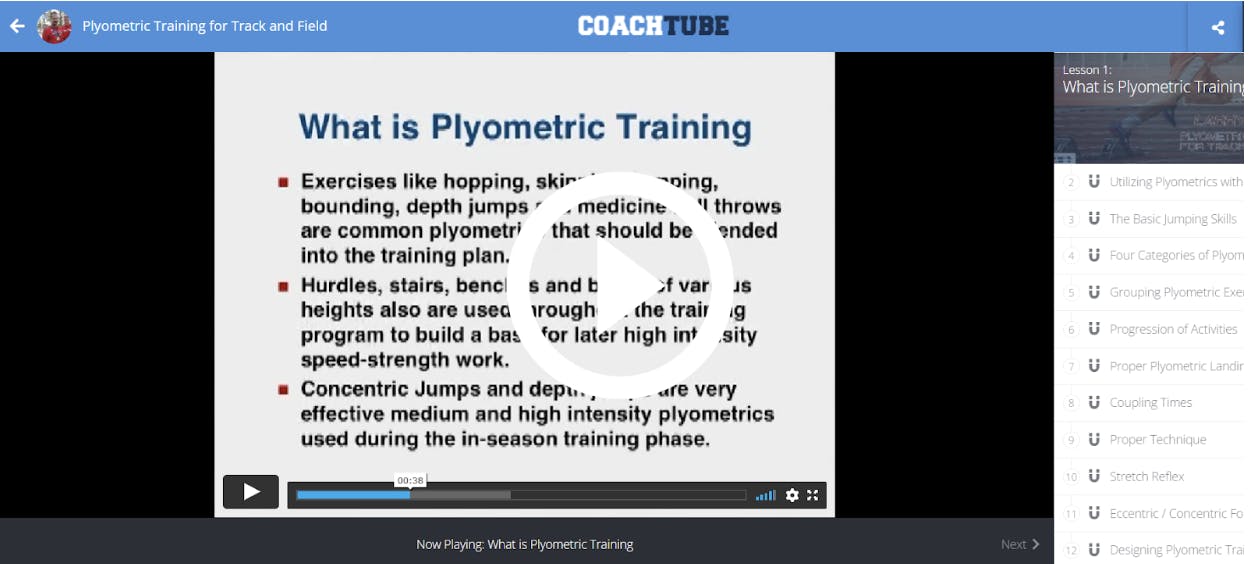
Link: Plyometric Training
The core is often considered the bridge between the high ground forces of plyometric training or sprinting and the upper body intensive lifting or coordination of limbs. Amana Rego former US olympic trials qualifier and associate head coach at MSU Denver explains 5 reasons why you need to train the core.
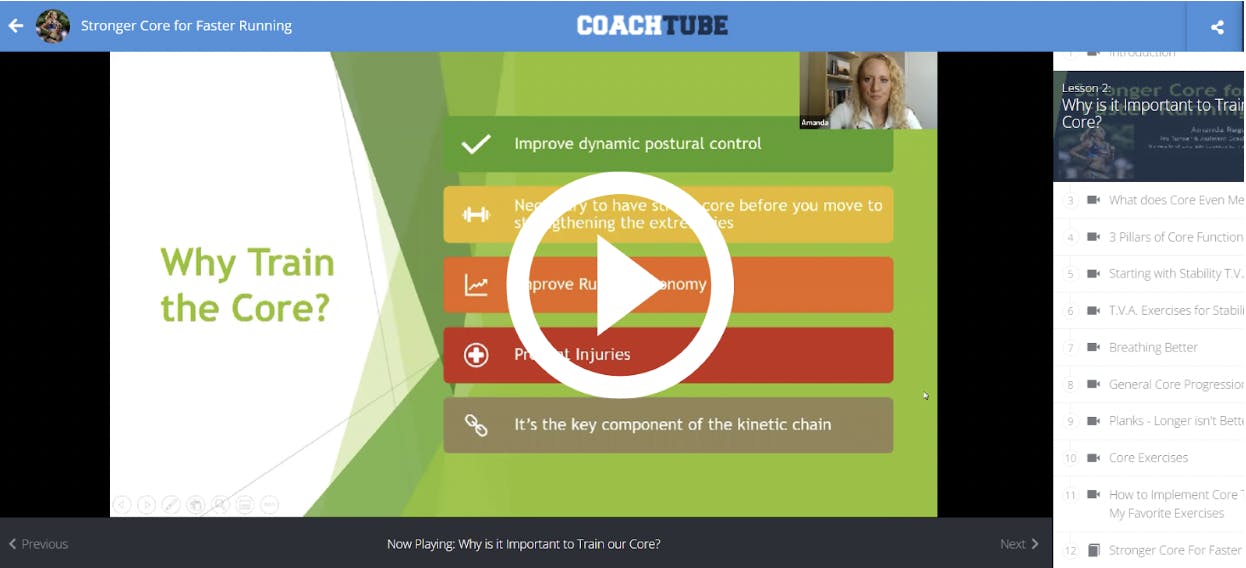
Link:Core Training
With a basic understanding of strength and conditioning, plyometrics, and core training you’ll give your athletes' summer workouts the boost they need to take them to another level!


